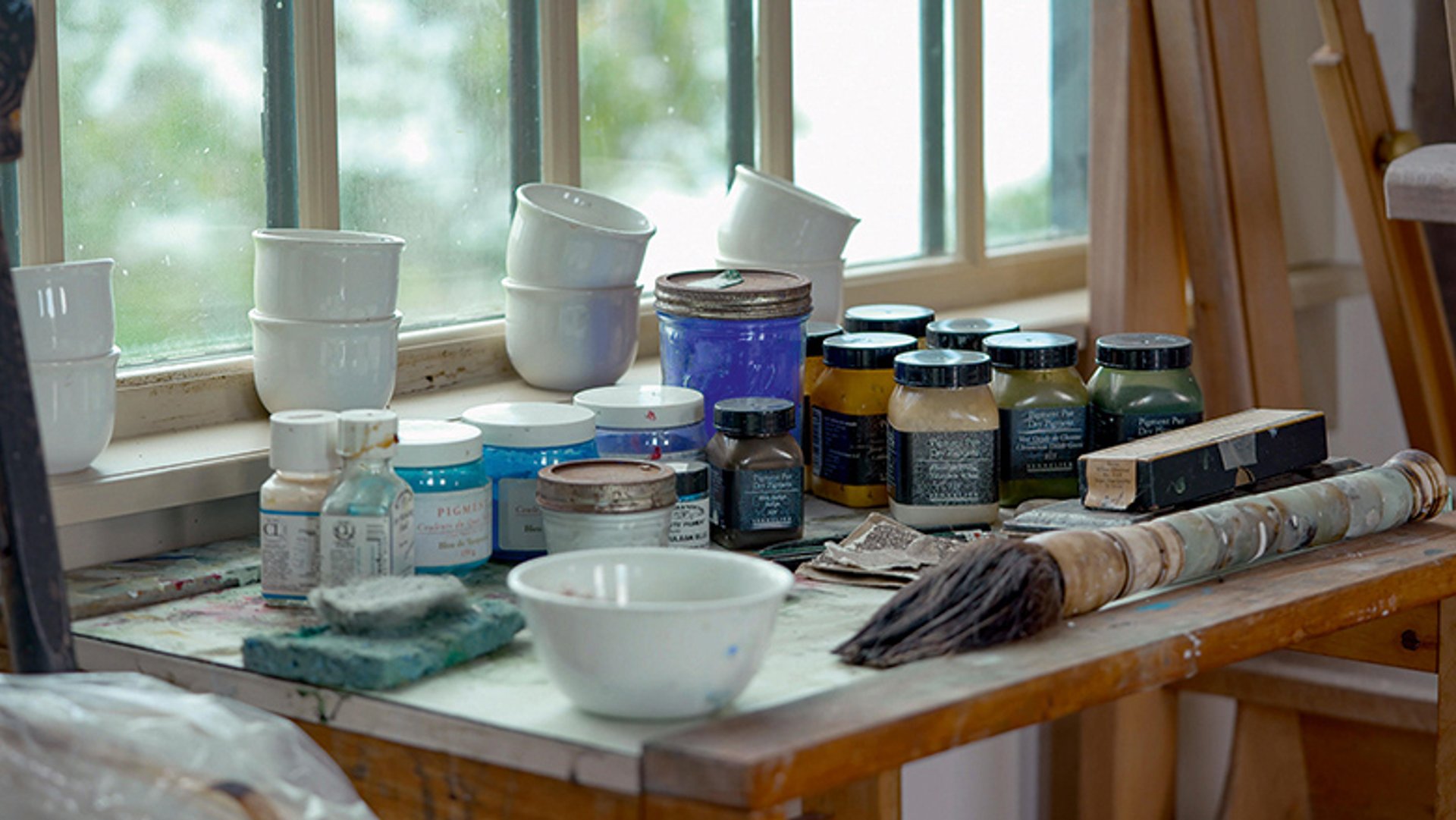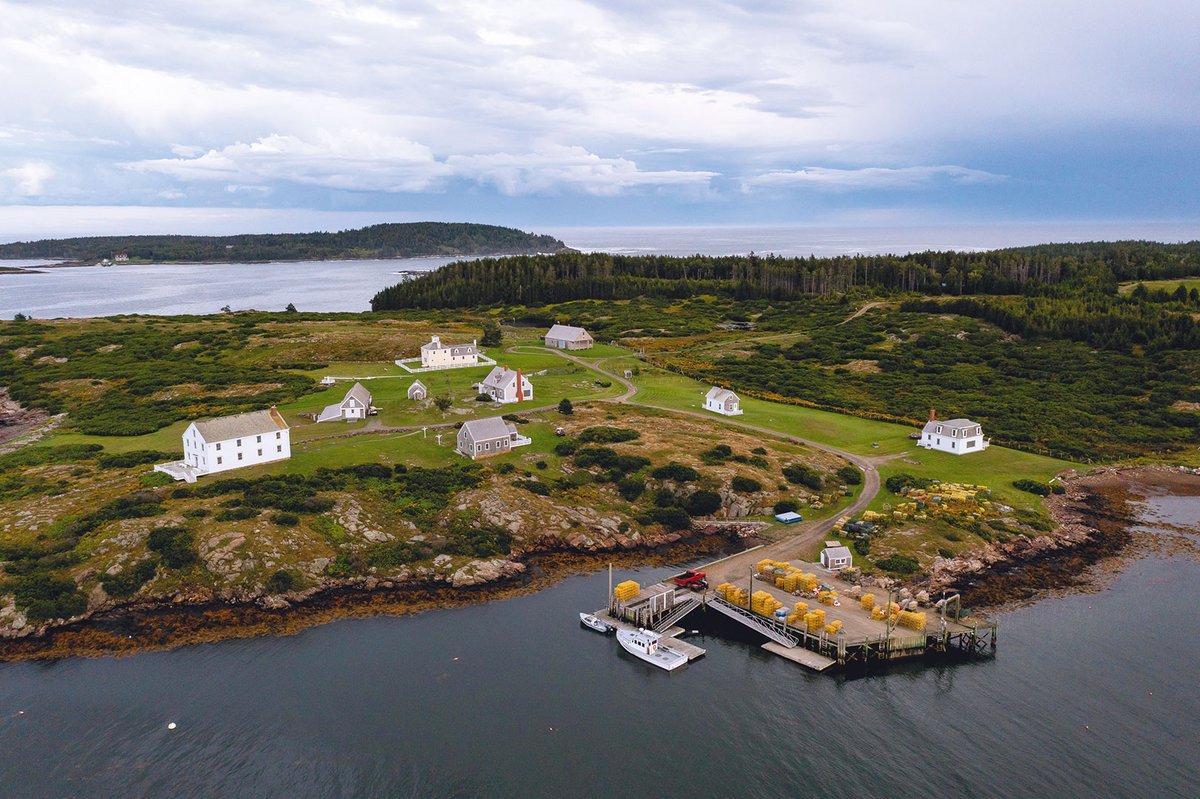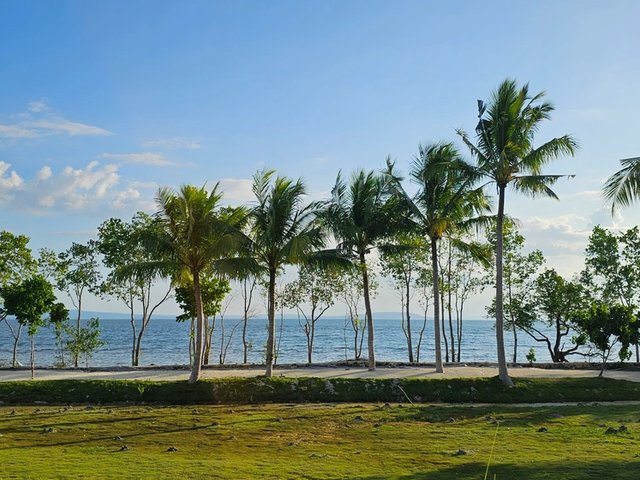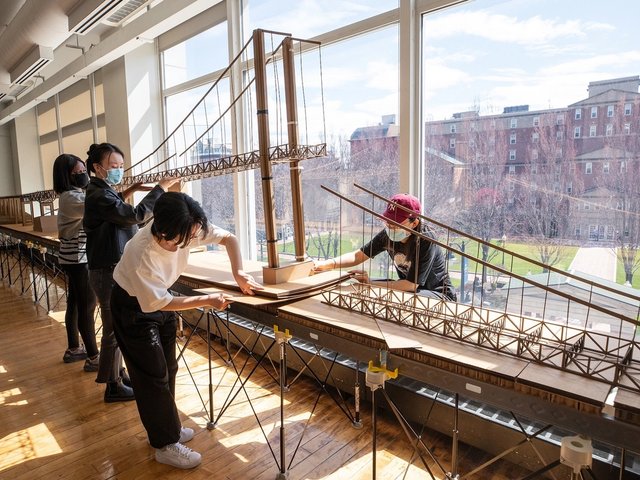A few miles off the coast of central Maine are two tiny islands—known as Allen and Benner—where the artist Andrew Wyeth and his wife Betsy once lived. For decades, the islands were a family retreat, where Andrew occasionally painted and Betsy designed scenic landscapes and restored historic buildings—and friends would come for lobster bakes on the beach.
Earlier this year, the Wyeth Foundation for American Art and the family’s Up East Foundation sold the islands at a discount to Colby College, a private liberal arts school in nearby Waterville, Maine, allowing the school to expand its educational programmes there. That gift is already bearing fruit, in the form of climate change research, sculptural installations and artistic fellowships. The school is now working to build up those efforts, inviting faculty to propose new projects and bringing students to live and work in the remote and rugged environments this summer.
“When you walk on to those islands, if you’re short of inspiration, you may not have a pulse,” says the college’s president David Greene. “Naturally, they’re absolutely beautiful but then they are enhanced by Betsy Wyeth’s incredible eye and talent for architecture and landscape.” Once used seasonally by fishermen and their families, Allen Island was bought by Betsy Wyeth in 1979, and Benner in 1990. Over the years, she shaped the landscapes by clearing fields, digging ponds and installing roads—as well as rebuilding a working commercial dock for the lobstermen who still use Allen Island to haul their catches.
Three generations of artists
Betsy Wyeth also restored and rebuilt historic structures on the islands, creating living spaces for herself and visitors, as well as a studio for Andrew and a private gallery where works by the three generations of Wyeth artists—grandfather N.C., father Andrew and son Jamie—were displayed. “Some of them were buildings from the mainland that were being torn down for new developments; Betsy had taken them apart, numbered every plank and brought them over,” Greene says.
These include a former 19th-century sail loft on Allen Island that once had the gallery upstairs, which was depicted by Andrew Wyeth in his final work in 2008 that Betsy titled Goodbye. The school now wants to use the climate-controlled building for events, lectures and meetings, and a collection of artefacts such as arrowheads, clay pipes and fishing implements, found on the islands and in surrounding waters, are kept in storage on the ground floor. A 16-person bunkhouse next door is used by students visiting the island, with classrooms and a vault on the lower level, while other homes are used by full time caretakers, faculty and other guests.

The Wyeth studio on Benner Island Photo: Gabe Souza; © 2021 Colby College
Wyeth’s studio on Benner, a former fisherman’s shack perched on a foundation of stacked stones, has been left exactly as it looked after his death, with paintbrushes laid out and mixing bowls stacked. The couple’s reproduction Cape-style house nearby, where even the gutters and drainpipes are carved from wood, is also still filled with Betsy’s antiques and personal belongings. Colby is now in discussions with the Wyeth Foundation for American Art on how these buildings will be preserved.
A purpose-built environment
“Wherever you see a bench [on the islands], you know that bench was so purposefully placed in that spot,” Greene says. “And if you sit on that bench, you know exactly why it is where it is. How we think about that purpose-built environment and then how we add to it over time—because we’ll need more research labs or additional space here or there—we want to make sure we do it in a way that is really thoughtful and respectful of the work that’s already been done there.”
The school had an agreement with the Wyeth family to use the islands for educational activities even before it took ownership of the sites, and faculty and students previously conducted research on blue mussel extinction, rising water temperatures and bee populations. Last winter, Bradley Borthwick, an associate professor in the art department, brought his intermediate sculpture class to Allen Island to create new works based on objects they found there. The works were installed on sites around the island, including a small pond where a lobster trap had washed up and was left exposed to the elements through months of frigid weather.
“That is a really important lesson for these students to understand,” Greene says. “That something that you’ve done and that you perceive one way can in fact be perceived very differently not too far down the road for a myriad of reasons. And the environment is absolutely one of them.”
During an exploratory trip this spring, led by Whitney King, a chemical oceanography and chemistry professor at Colby, faculty and administration staff (and our reporter) were able to visit the islands and think about how they could be used for future programmes. Jim Thurston, a resident scenography designer at Colby’s department of theater and dance, described the setting as “almost a filmic world”.
“It's really a fascinating opportunity because in the last three years, our department is transitioning from a more traditional version of a small liberal arts theater and dance program to more fully embracing the idea of performance studies, broadening our vocabulary of what performance is in the first place,” Thurston says. “So yes, performance can happen in a theater, but performance can also happen on an island.”

Aerial view of Allen Island and Benner Island Photo by Gabe Souza
He could also see access to sites such stunning natural geography and social history informing student’s work in other ways, as research for characters, stories, locations or movements in performance pieces that could be staged elsewhere. “I could see either a group of students in our own department, or more likely an interdisciplinary group across art, art history, anthropology, cinema, playwrighting, creating work collaboratively,” he says. “It could be performance students working with scientists to help provide a humanistic lens to data.”
Mira DiSilvestro, a 2022 graduate of the art department, is living and working there this summer, as one of four docents who are part of a new programme to bring students to the island full time. “My plan is to carve a marble sculpture with a design derived from environmental patterns or textures observed on the island, observing everything from this elemental interaction between ocean and sand or trees,” she says.
DiSilvestro is equally open to having the island environment change her work as much as the tides change the shape of the shoreline. “As I spend more time understanding the organic, ever-changing nature of the spaces around me, and the light hitting it differently morning versus night, I’m hoping that what I intend in the beginning is not what I come out with,” she adds.






